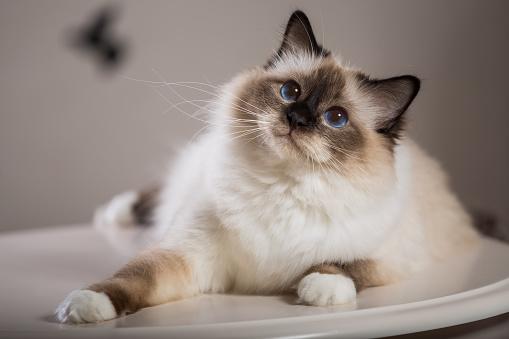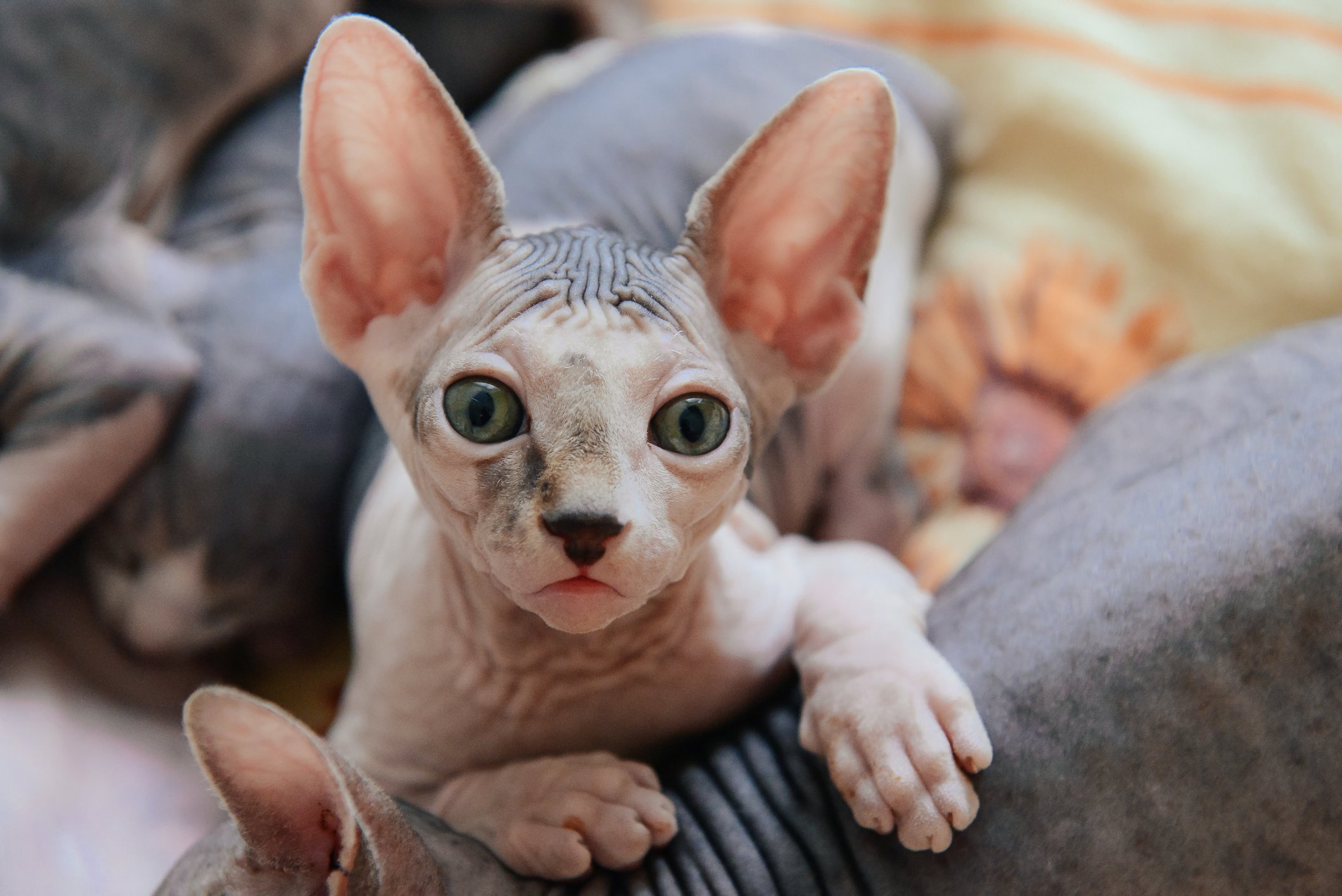A new study published in Journal of Feline Medicine and Surgery It examined data on nearly 8,000 pet cats in the UK who died between January 2019 and March 2021. The aim of the research? Determine which cat breeds live longer and which die “early.”
According to the data obtained by the researchers, The longest life expectancy among common pet cat breeds is the cats Burmese. On the other side of the coin, Sphynx cats — known for having no body hair — die younger on average than others.
Data collection

In an official statement, Dan O'Neill, co-author of the study and pet epidemiologist at the Royal Veterinary College, said that “the main motivation for the study is to use data to empower people” to make decisions about the health care of their cats. According to the expert, the life expectancy of a cat breed can be a useful measure, but it doesn't tell the whole story.
To better understand the picture, the researchers developed what they called “life tables,” which estimate the remaining life expectancy of cats at any given age — excluding information about cats that died before reaching a predetermined age.
Survey data suggests that the average life expectancy of pet cats in the UK is 11.7 years at birth. In addition to, Mixed cats live about 1.5 years longer than purebred cats. Among the latter category, Burmese cats had the longest life expectancy, averaging 14.4 years. Sphynx cats, in turn, live an average of only 6.7 years, because they have a genetic predisposition to heart problems and other diseases.
Life expectancy of cats

The researchers involved in the study also highlighted that there were other factors that contributed to the life expectancy of cats besides breeds. For example, female cats lived an average of 1.3 years longer than male cats, while spayed and neutered cats lived 1.1 years longer than those who did not undergo any type of procedure.
As experts explain, cultural preferences can also affect a cat's life expectancy, such as whether or not they stay indoors. However, because these preferences vary widely, they are very difficult to quantify. This is because veterinary clinics often do not record whether a cat has left the house or not.
From the researchers' point of view, the “life tables” give cat owners and veterinarians more information to consider when making important decisions about adoptions, medical treatment or euthanasia cases.

“Wannabe internet buff. Future teen idol. Hardcore zombie guru. Gamer. Avid creator. Entrepreneur. Bacon ninja.”

